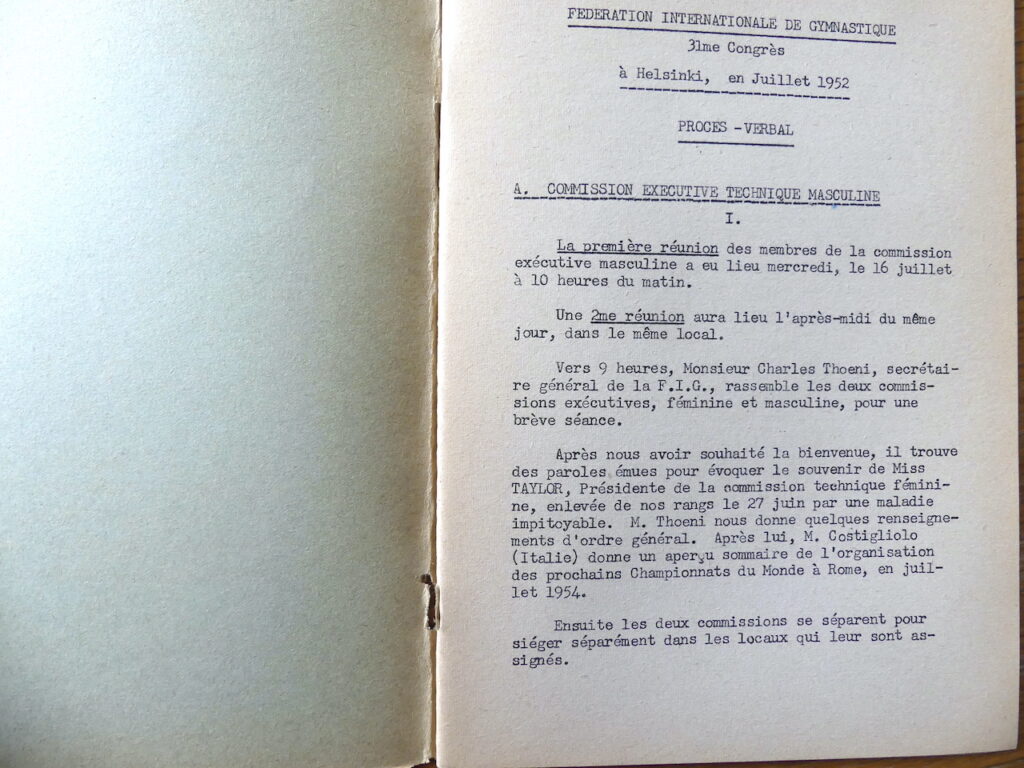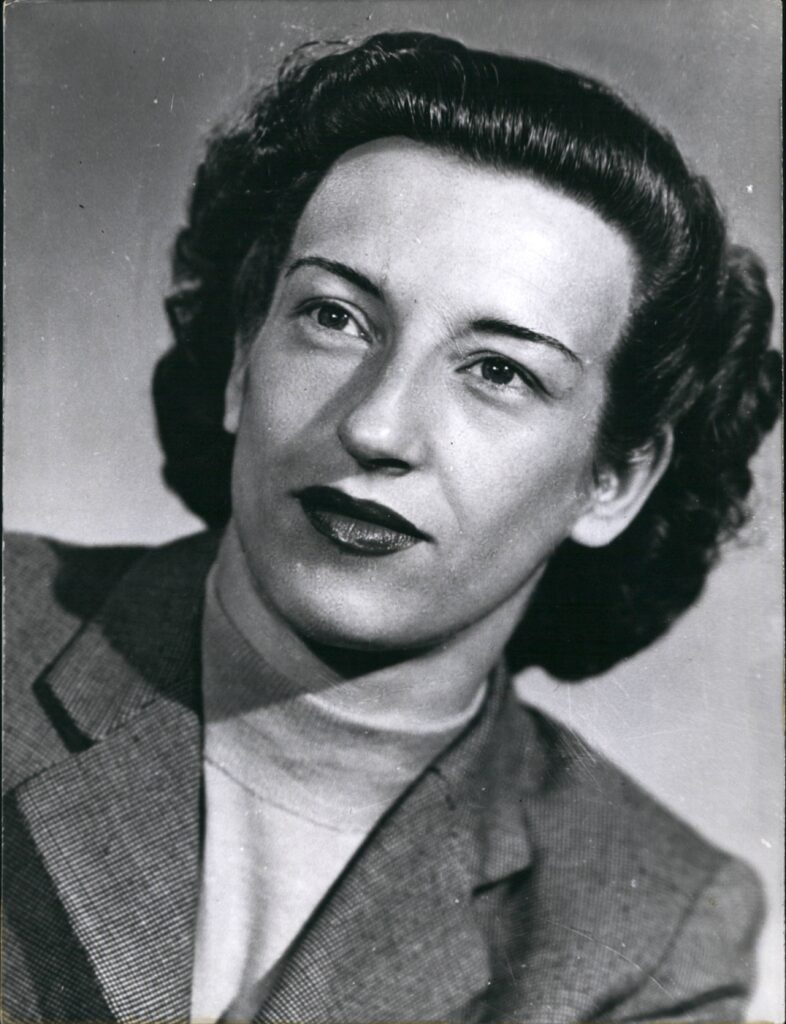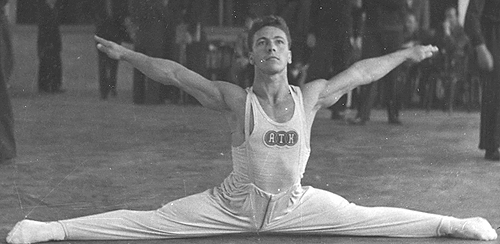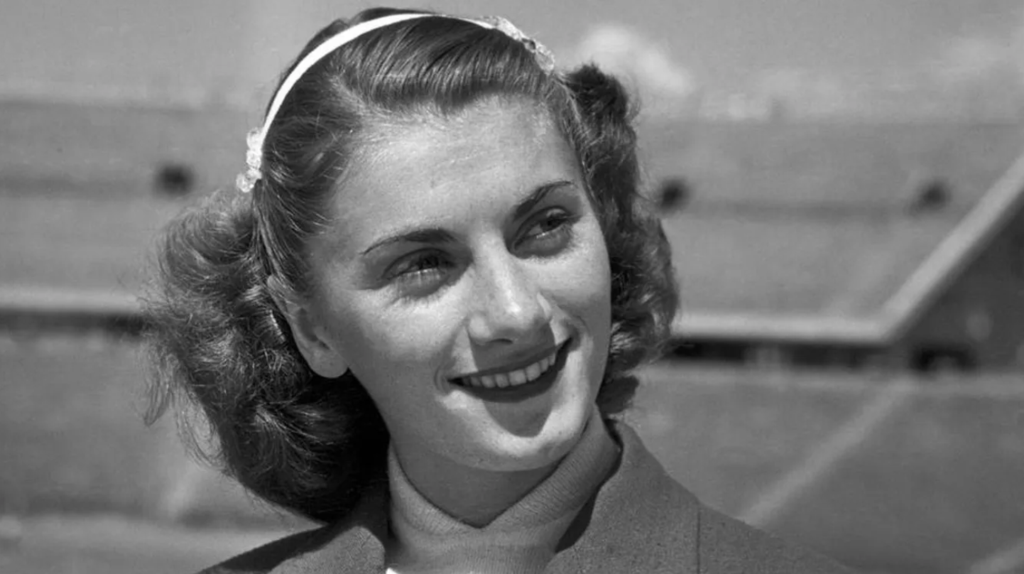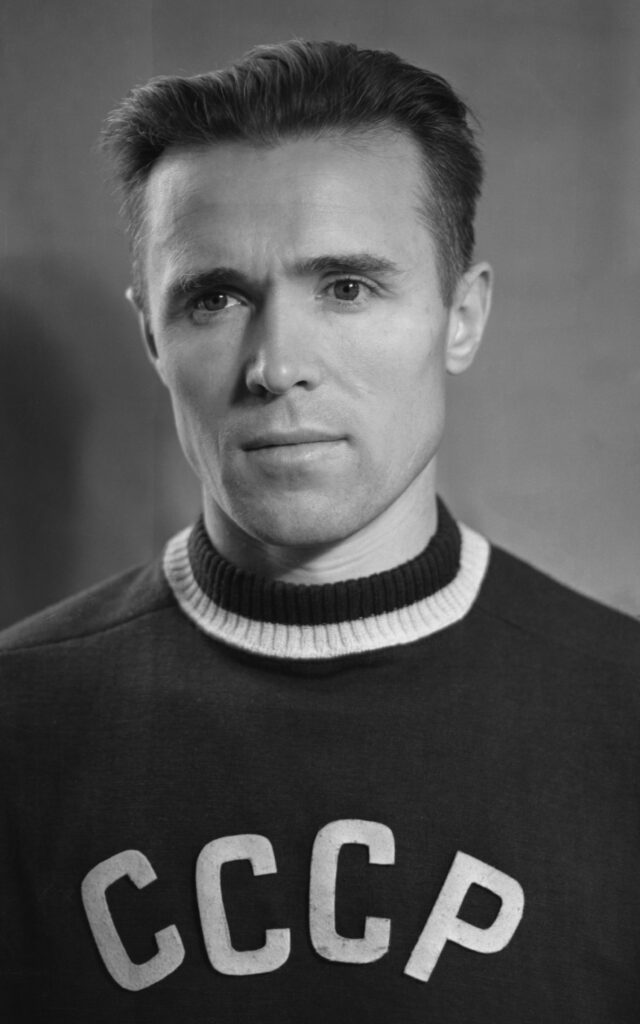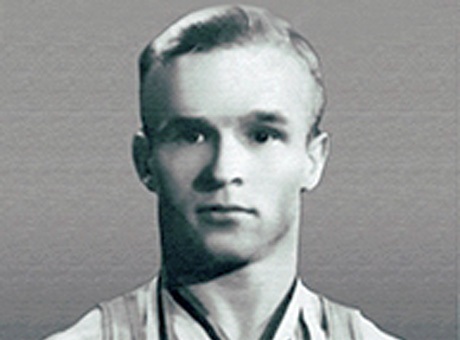Why should you care about the minutes from a Men’s Technical Committee meeting in 1952? It was so long ago. What could they possibly reveal about gymnastics today?
Plenty.
Take vault, for example. The 1952 minutes clarified what counted as a scoreable attempt and what we now refer to as an “empty run.” Back then, gymnasts were allowed two attempts for both their compulsory and optional vaults (“Au cheval-sautoir, tant imposé qu’à volonté, chaque gymnaste a droit à deux exécutions; la meilleure exécution est valable.”). But the committee had to clarify what “two executions” meant. As you’ll see in the minutes belows, they determined that, if a gymnast didn’t touch the springboard or the horse during an attempt, they would be permitted a third attempt. This should sound familiar, given that today’s gymnasts are permitted one empty run at FIG events. (But they now incur a 1.0 deduction for an empty run.)

Then there’s the matter of participation. So many teams showed up to the 1952 Helsinki Olympics that, at the last minute, the organizers had to add an extra day of compulsories, which was held on the morning of the opening ceremonies. This sparked a conversation about quantity versus quality: Should more gymnasts compete, or solely the best of the best? It’s a debate that persists to this day at the World Championships, with passionate arguments on both sides.
With no further ado, here’s a translation of the 1952 minutes. Thanks to Hardy Fink for supplying the original French text.
